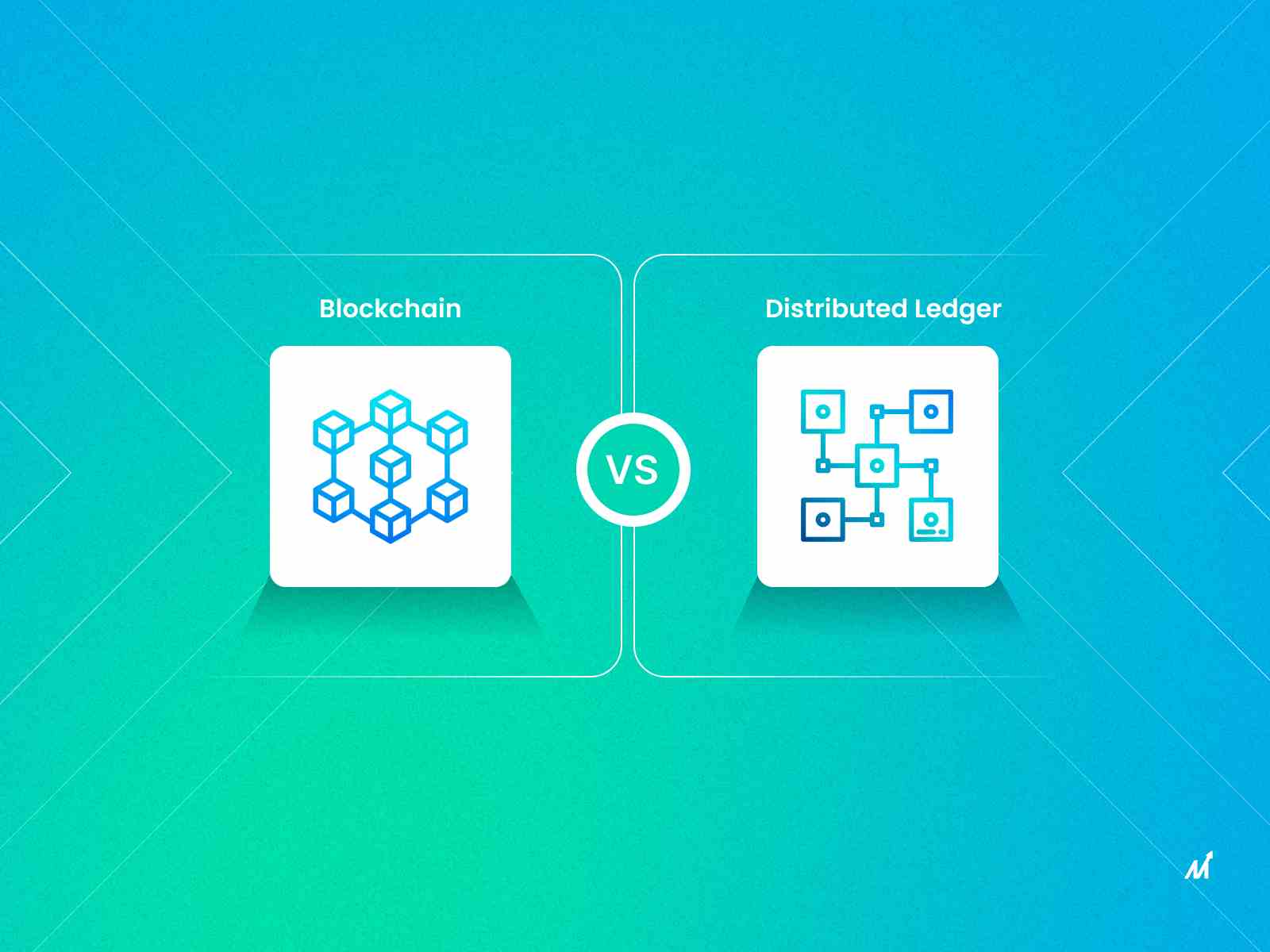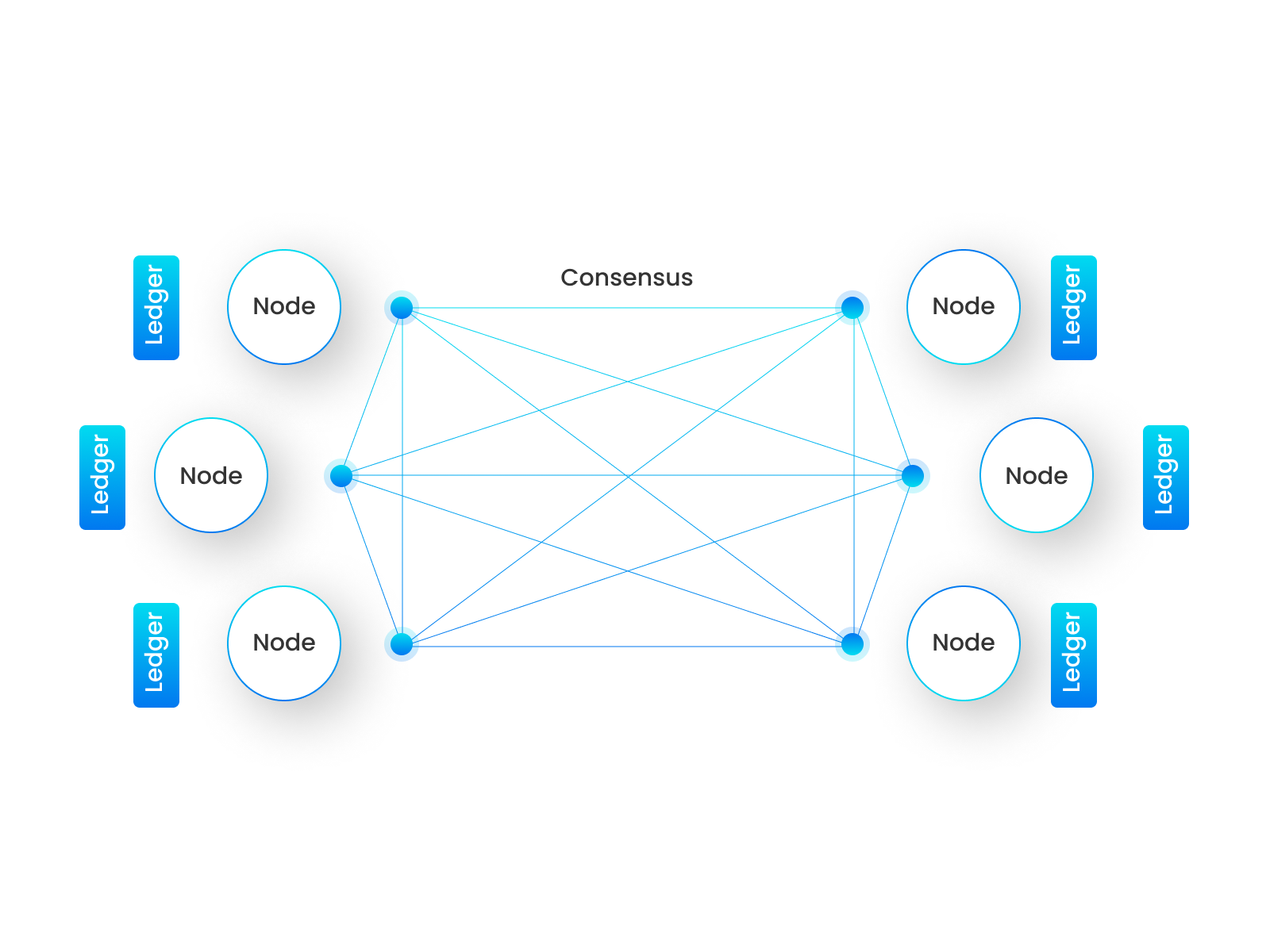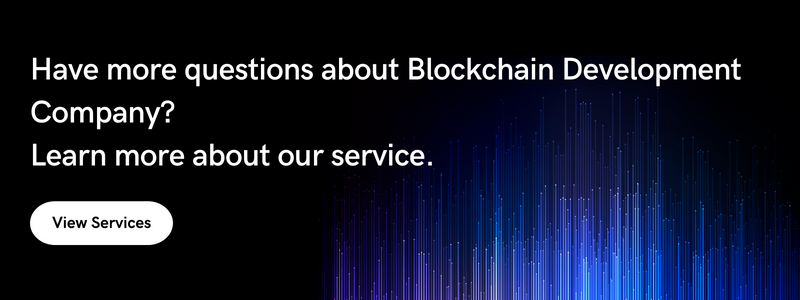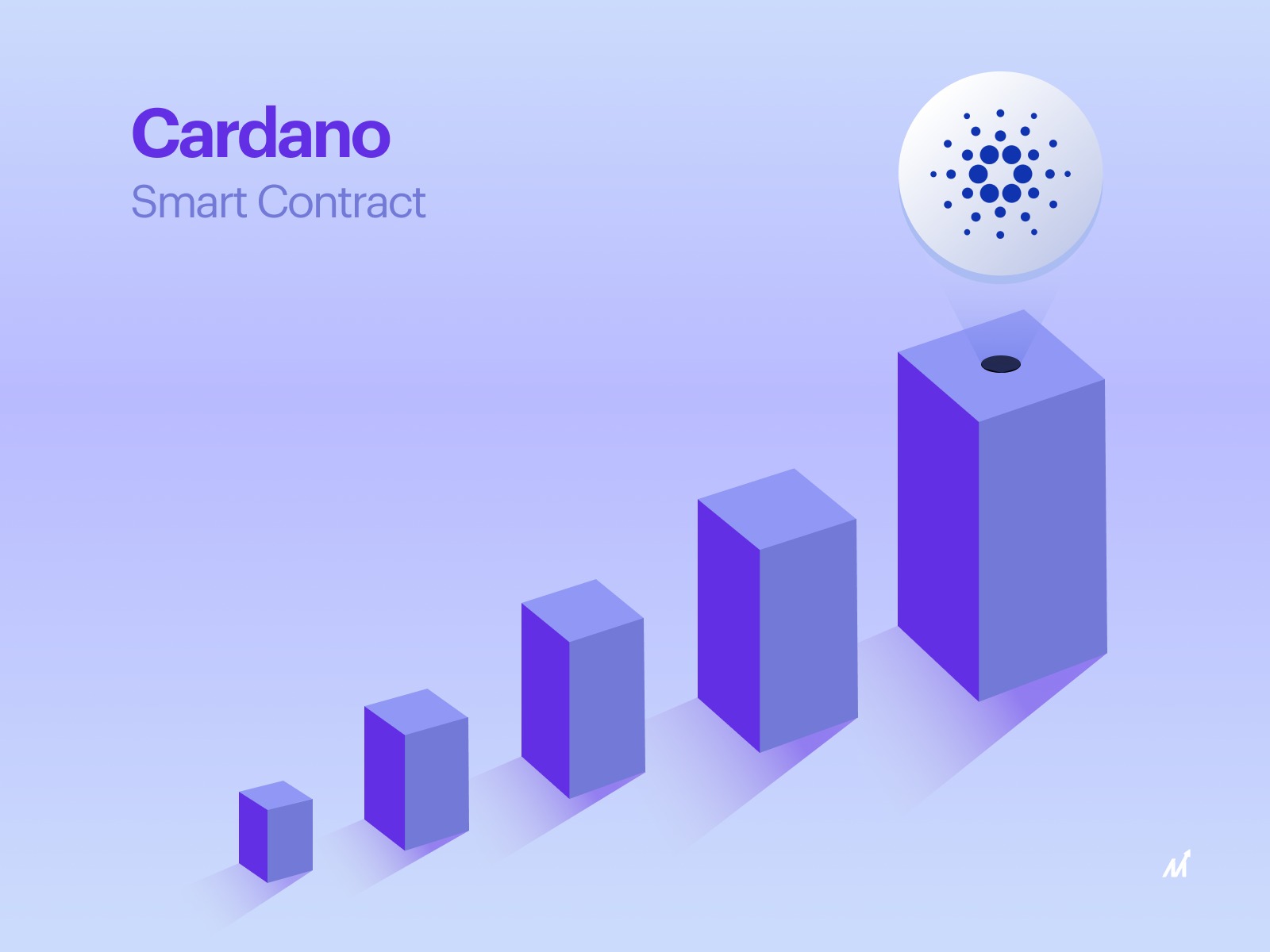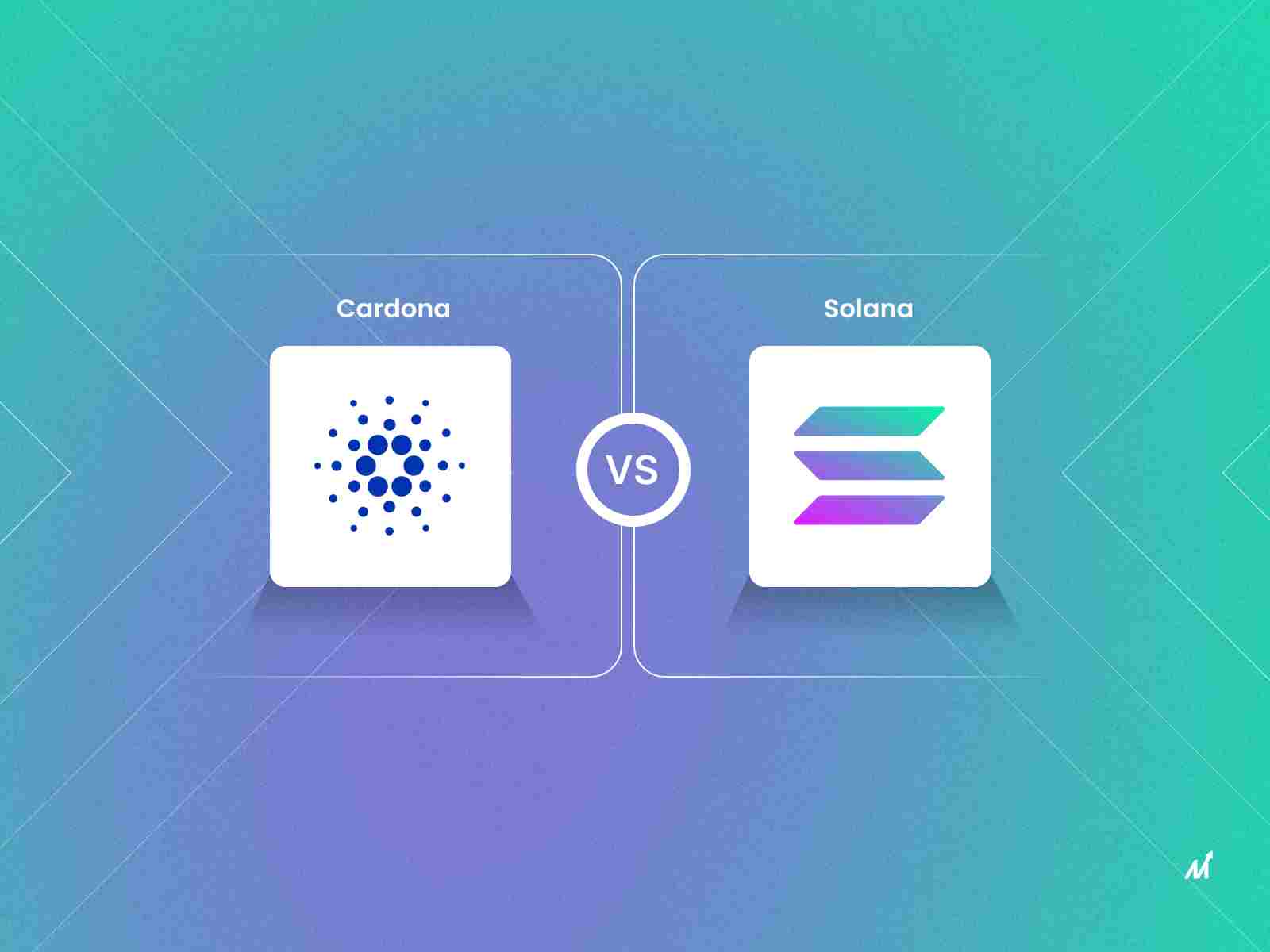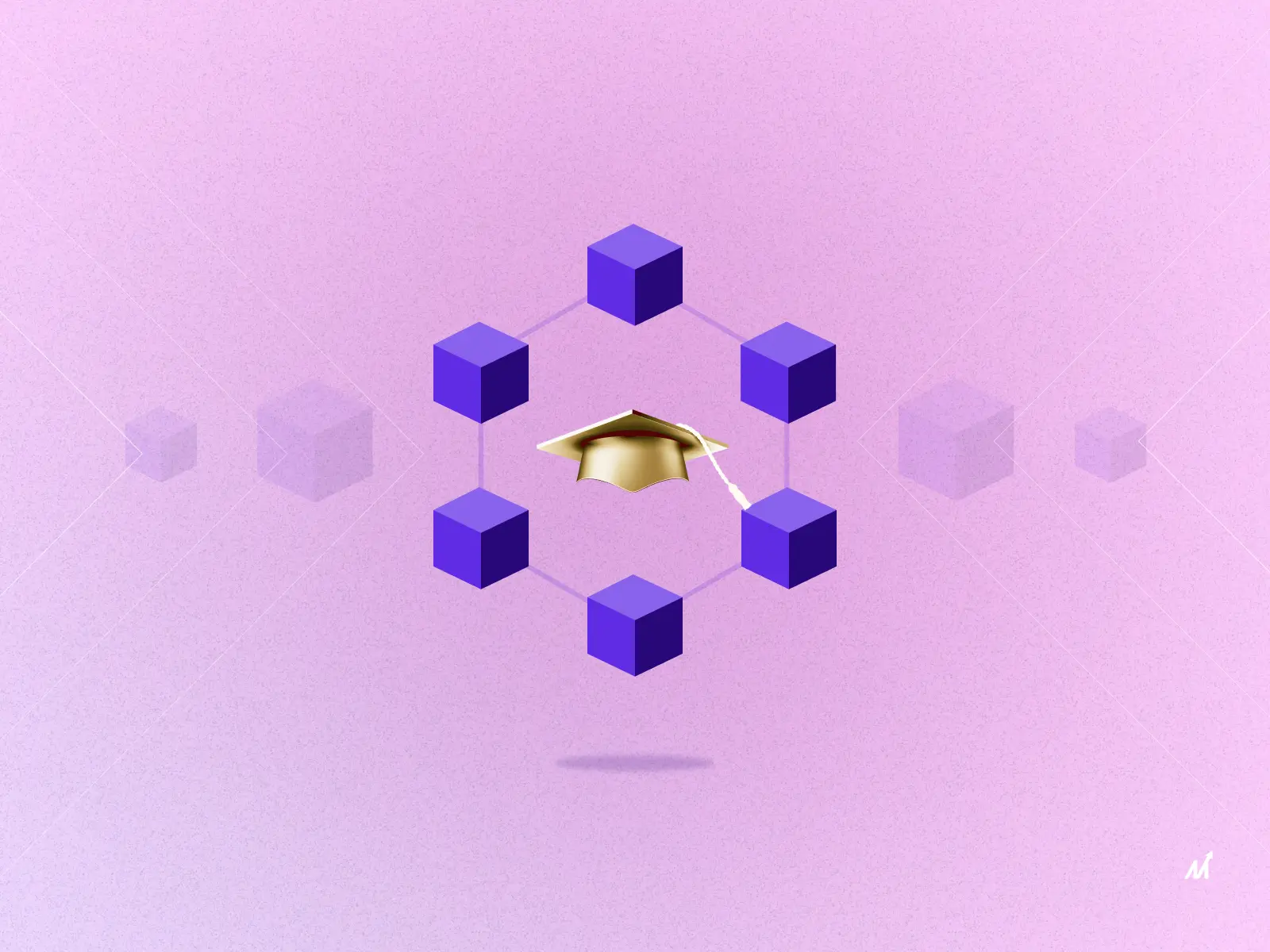Blockchain vs Distributed Ledger: Brief Intro
Soundbites and current terminology have become commonplace thanks to digital technologies—a period in which complex technological solutions can also be described in up to five words. As a result, we are seeing more cunning businesses attempt to profit from the purported crypto boom. Some people are even changing their names to incorporate the word “Blockchain.” However, often, blockchain vs distributed ledger might need clarification. Hence, it becomes crucial to know the difference between the two.
Unsurprisingly, using trendy terms like blockchain technology to attract investment will only result in short-term gains. Ironically, this technology has branding issues because of similar practices. That is why there is so much mistrust about blockchain technology. Meanwhile, recent advances show that distributed ledger technology offers advantages and valuable results without any hype.
The emergence of Bitcoin and other cryptocurrencies has brought blockchain into the news almost daily. However, distributed ledgers have garnered less attention. When the terms distributed ledger technology and blockchain are combined, many users are left with more questions than answers. Consider this before even bringing in Bitcoin to further muddy the waters.
It’s common to mix up distributed ledger technology and blockchain technology. It can be understood why a lot of people would believe that. It’s time to go deeper and learn what the buzzwords mean. Although these ideas have come together over the past few years, it is still essential to keep them distinct.
Overview Of Blockchain
Fundamentally, the blockchain is just a particular kind of distributed ledger. One can think of DLT as the forerunner to blockchain technology. However, it eventually surpassed the idea of distributed ledger technology in popularity.
Many developers are attempting to emerge from the blockchain shadow, though. People are interested in learning about the differences between distributed ledger technology and blockchain.
One type of distributed ledger technology is the blockchain, in which each node receives a unique copy of the ledger. All copies of the ledger are updated each time a new transaction is added. Before entering the ledger, every transaction is encrypted.
Unlike DLT, where a central authority is needed to oversee operations, blockchain does not. It is utterly decentralized, in reality. Computable trust is necessary due to stringent security standards. The name of the blockchain comes from how it divides data into blocks. For security, these blocks are connected and encrypted.
Blockchain only supports adding operations, meaning businesses can only add new data; they cannot change or remove any already-existing data. That is one feature that sets it apart from conventional databases. Every transaction is recorded in history since even a single block of data cannot be changed or deleted.
Concerning the financial sector, in particular, this makes it one of the most transparent technologies. It is also one of the factors that will cause the blockchain market to grow from $500,000,000,000 in 2018 to $2.3,000,000,000,000 in 2021. According to specific forecasts, the market will be worth 16 billion USD by 2024.
Further Read: An Insider’s Guide to Blockchain Mobile App Development
Overview Of Distributed Ledger
A distributed database spread over numerous computers or nodes is known as a distributed ledger. The ledger will be updated whenever data changes and maintained by each node. Each node individually updates its information.
In terms of authority, every node is on an equal footing. The database is not managed by a central authority or server, which makes the technology transparent. Every node can change the ledger, and other nodes will confirm its validity.
The procedure is relatively simple. Nodes will attempt to use the consensus algorithm or voting to confirm the transaction. However, the rules of that ledger will determine which nodes have voting rights or participation. As a result, while sometimes all nodes can join, other times only a few nodes will.
All nodes may obtain the updated status; they are given the go-ahead for the transaction to be recorded on the ledger. However, because there is no centralized authority, distributed ledger technology offers a lot of security. There is no such thing as the sole authority. The only opportunity for nodes to undertake verification is that. Therefore, this technique is incorruptible.
Because of this, it is a desirable solution for any sector searching for a more transparent technology and wanting to get away from a centralized authority, including the financial industry.
Blockchain vs Distributed Ledger: Detailed Comparison
1. Blockchain vs Distributed Ledger: Block Structure
Data are represented as blocks in the blockchain. It is very challenging to decipher when encrypted blocks are chained together. To attempt to alter one block of information requires decrypting thousands or millions of connections between it.
Distributed ledgers, which come in various forms, distribute a database among numerous nodes.
2. Blockchain vs Distributed Ledger: Sequence
Each link in a chain of information has a specific order of connections. Information cannot be connected without traveling via that chain. The order is crucial to the functionality of the technology. Data is visible and unchangeable.
There is no requirement for a particular order of data in DLT. Businesses are free to input and modify the data as necessary.
3. Blockchain vs Distributed Ledger: Real-Life Implementations
Blockchain has numerous applications, and new ones are constantly being added. We observe the adoption of blockchain in tech firms through NFTs, utilities, social dynamics, and more.
Although DLT has a wide range of potential applications, there aren’t many in use now.
4. Blockchain vs Distributed Ledger: Consensus Mechanism
Consensus mechanisms, used by most blockchains, require a lot of power to maintain. Some of the more recent ones are still being optimized, but some are already integrating more power-friendly features. For instance, the validators used by the consensus mechanism validate the database (tokens). Due to the prevalence of assaults, it is a technique to increase blockchain security even more.
A consensus mechanism is not required for a distributed ledger. Data can be moved and stored without a consensus (though some still adopt it). DLT is now a better choice for those looking to grow, like businesses.
5. Blockchain vs Distributed Ledger: Tokens
The blockchain has a token economy that has various applications. You could say it’s essential to the development of blockchain technology.
DLT uses no tokens or currencies. They may be present in some for security reasons, such as identifying and preventing spam. It is not a requirement for any DLC system, though.
Blockchain vs Distributed Ledger: Pros & Cons
Pros Of Blockchain
- Faster transactions and access every day
- Because it uses a distributed ledger to create many database copies over a network, it is highly secure
- No middlemen or third parties
Cons Of Blockchain
- Data is not immune to attacks
- If users lose their private key, there is no central mediator to help them retain their account
Pros Of Distributed Ledger
- Distributed Trust
- No single point of failure
- Reduced operational costs
- Improved Privacy And Security
- Speedy Transactions
Cons Of Distributed Ledger
- Flexibility issues
- High energy consumption
- Immaturity
- Time-consuming
Which One Is More Popular: Blockchain Or Distributed Ledger
Businesses decide which distributed ledger blockchain technology to use based on speed, affordability, and security.
Blockchain technologies, which are widely used, are transparent and open to participation. Creating a decentralized network in which anyone can view and directly influence economic operations was one of the original goals of blockchain technology. The market size for blockchain distributed ledger technology (DLT) in 2021 was estimated to be USD 1480.33 million and is expected to increase at a CAGR of 27.48% throughout the forecast period, reaching USD 6353.19 million by 2027.
Markovate’s Take On Blockchain vs Distributed Ledger
Blockchain and DLT differ from one another on some fundamental levels. Both offer advantages that alter how individuals approach facts. Transparency, decentralization, and increased security from cyber-attacks are the assurances they offer. Although DLT is not yet widely used, as more businesses learn about it, they will probably start to use it.
A team with industry knowledge is required for proper testing as part of the transition to blockchain. Businesses can trust Markovate to meet their demands for blockchain testing.
Further Read: All-In-One Tech Guide To Develop Blockchain Application
Blockchain vs Distributed Ledger: FAQs
1. Is DLT The Same As Blockchain?
Numerous users on various nodes control a decentralized database called DLT. A hash, a sort of unchangeable cryptographic signature, is used to record transactions on a blockchain.
2. Why Compare Distributed Ledger And Blockchain?
The advantage of blockchain technology over distributed ledger technology is that it is amenable to innovation and new ideas. In terms of practical applications, this technology is still in its inception. The cryptocurrency industry consistently generates exciting initiatives.
Although DLT is the ancestor of blockchain, it is crucial for the general public, developers, and proponents of these technologies to distinguish between them. The finest example of this is Bitcoin because it was an open-source project that inspired the development of numerous other projects like Ethereum, Litecoin, and more.

I’m Rajeev Sharma, Co-Founder and CEO of Markovate, an innovative digital product development firm with a focus on AI and Machine Learning. With over a decade in the field, I’ve led key projects for major players like AT&T and IBM, specializing in mobile app development, UX design, and end-to-end product creation. Armed with a Bachelor’s Degree in Computer Science and Scrum Alliance certifications, I continue to drive technological excellence in today’s fast-paced digital landscape.

